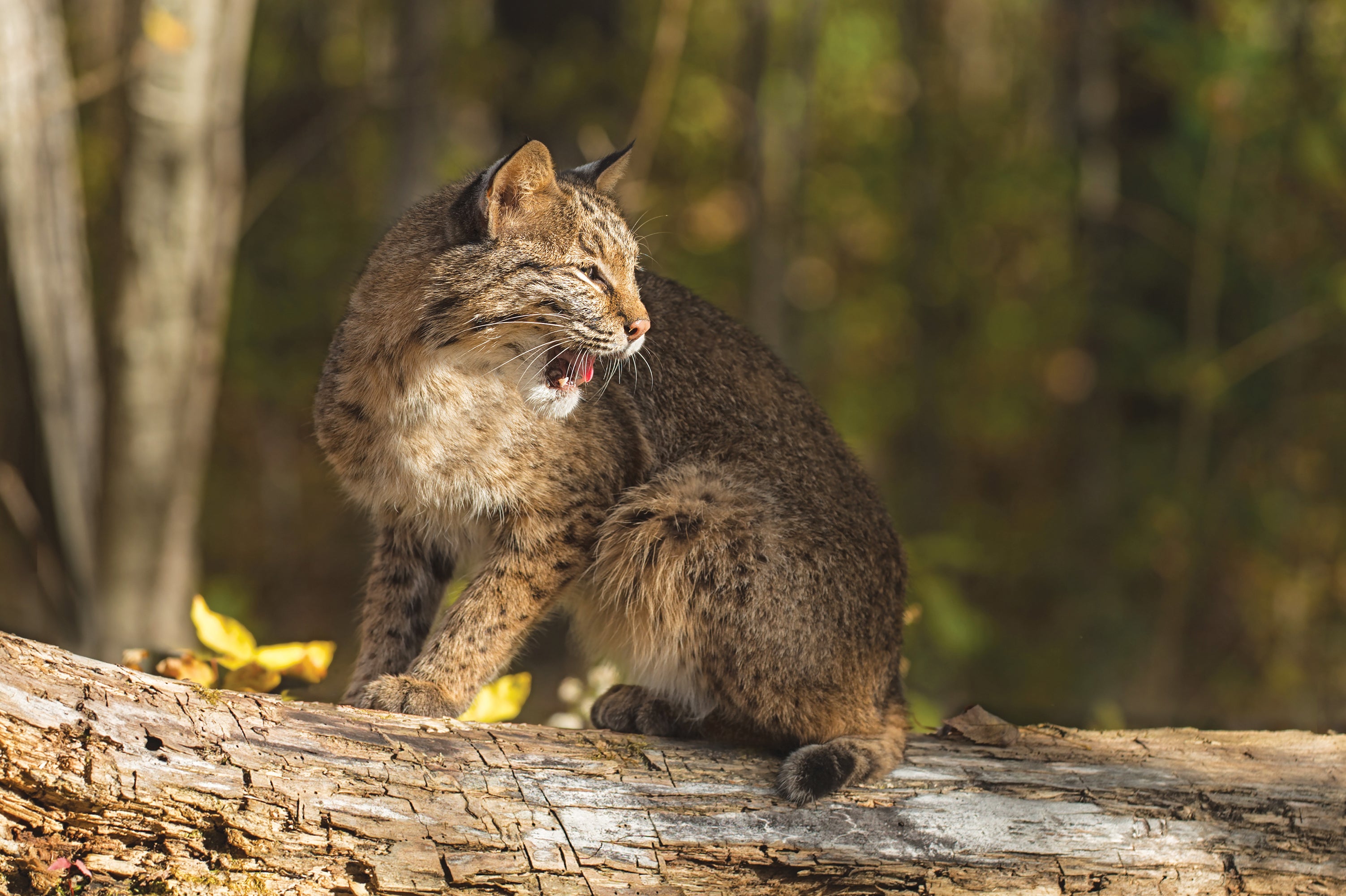Are you a native or a tourist?
Published 6:58 pm Saturday, June 23, 2018

- Bobcat (Lynx rufus) Sits Atop Log Looking Right - captive animal
When you go to the outdoors, are you a tourist or a native inhabitant? My guess is that 90% of us are tourists in the outdoors. I would like to explain what I mean by that and help some of you to become more native to this place we call home. I am going to use bird language to illustrate the point. I guarantee that if you study the things I am about to tell you, your experiences in the outdoors will be positively affected. These things can be used for hunting, birding, simple nature awareness and so much more.
When we go the outdoors, most of us will go look at what is around us, perhaps even listen to what is going on around you. What we fail to do is experience what goes on around us. I often tell our students that their goal should be to not only look at what is going on around them, but to also actually see it. You can see more by hearing more. Let me explain.
Bird language may seem random to a visitor (tourist) to the outdoors but to the experienced outdoorsperson it is anything but that. Birds are in a constant state of life and death, as are most all wildlife. This is another reason that I am no fan of allowing cats to roam outside. That is a column for another day however.
Due to this constant state of life and death, bird vocalization typically falls into five categories. Songs, companion calls, territorial aggression, begging from adolescents, and alarms. Once you tap into hearing and understanding these vocalizations, you will comprehend the things birds are communicating to one another. This allows you to gain your own information from hearing it. Let me use a lesson from my own life as an example of how this can be done. I will also share how you can apply this same lesson to your life.
Bobcats (Lynx rufus) are mostly nocturnal creatures, have excellent camouflage, and do a good job of sitting still when humans are around. This makes them hard to see. Up until 10-15 years ago I had only seen one bobcat in all my outdoor experiences. When I first started investing more time into the study of bird language it became quite apparent that alarm calls are something to pay attention to. The companion and feeding calls are the typical sounds that we hear from birds, but when they alarm the sound will pick up in volume and in its pace. When I would hear that in the wilderness I would stop, sit down and just watch. What I discovered is the birds will vocalize a boisterous alarm sound when a predator comes in their area. By stopping and watching when I heard these alarm calls, I found myself seeing more of their predators. Things such as bobcats, sharp-shinned and cooper’s hawks, and snakes became more easily seen by myself once I listed to the alarm calls of the birds. (Come back to this column near deer season and I will share with you how I use bird language to tell me deer are coming my way).
Not all of us spend ample amounts of time in a wilderness. That is no problem, you can tap into understanding bird language just by listening to robins in your back yard as well. I do this every day. Robins will make a distinct pop-pop-pop sound, move away from danger and move their tail feathers up and down whenever they start to become alarmed. When they get excessively alarmed they will pop-pop-pop in more rapid succession and will do so longer. They will also fly up to a safer location. You can listen for this in your backyard. If you hear it happening, look out your window. You will most likely see a human, dog, or cat making its way into the feeding area of that robin. Fundamentally this is the same thing I do to be able to see more bobcats in the outdoors.
I have also used this same bird language to see predators, find nesting sites for research, and discover some of the foods that I enjoy sharing with wildlife such as paw paws.
Nature can be very educational and inspiring. Even more so when you are a native inhabitant rather than a tourist. If you would like more information on bird language specifically, then please pick up “What the Robin Knows” by Mr. Jon Young. If you want some more general help, then please come back to this column again. I will help you see more of what is round you each day. Hopefully, I will also see you on, or off, the trail!
Craig Caudill is the director of Nature Reliance School and author of Extreme Wilderness Survival and Ultimate Wilderness Gear. Please feel free to contact Craig at info@naturereliance.org or through any of the various social media platforms available.





